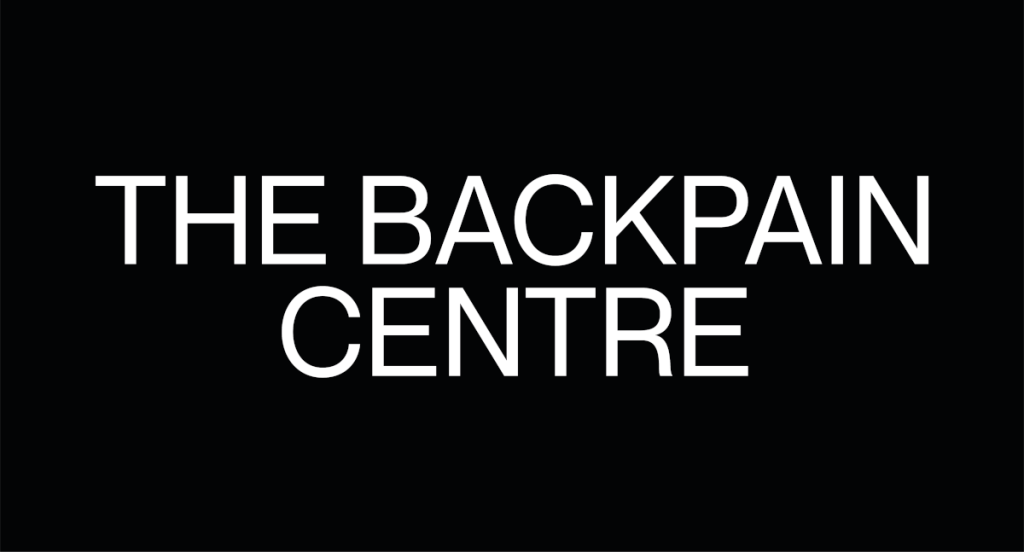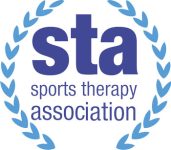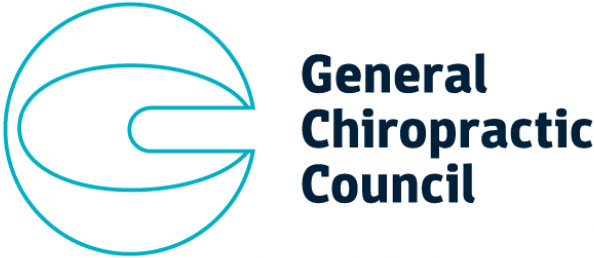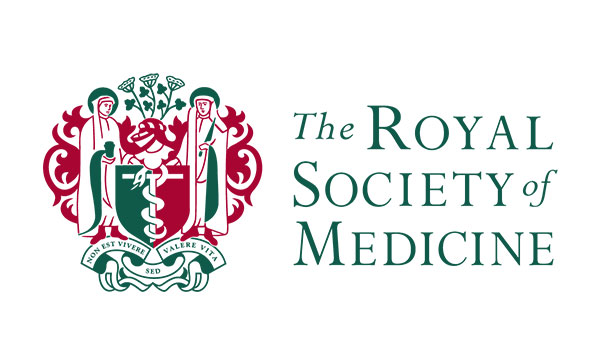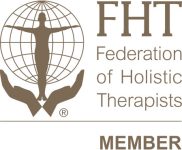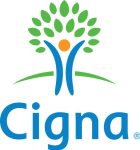Shockwave Therapy
Extracorporeal Shockwaves are pressure waves generated acoustically, usually by a small handheld device. Shockwaves are sonic pulse waves which differ from other acoustic waves as they are at a lower frequency. A dramatic example of a shockwave in real life is when an aeroplane breaks the sound barrier…this causes a loud bang which can travel a very long distance and can cause windows to shatter even miles away.
Clinically effective shockwaves are obviously much smaller, but in a similar way to the windows breaking, causes change in the target tissue in the body. Therapeutic shockwaves release energy when they reach a change in tissue density in the body. This release of energy is what causes changes in the damaged tissue to promote healing and pain relief.
There are three levels of shockwave therapy;
- High frequency levels – these create localised tissue damage to breakdown scar tissue and stimulate your body’s natural healing response
- Mid frequency levels – these levels promote healing and can reduce pain levels.
- Low frequency levels – these levels produce pain relieving effects only.
What can shockwave treat?
- Calcific Tendonitis of the shoulder
- Calcific Tendonitis of the shoulder
- Bursitis
- Tennis elbow
- Piriformis Syndrome
- Hamstring Tendinopathy
- Patella Tendinopathy
- Osgood Schlatter
- Shin Splints
- Achilles Tendinopathy
- Heel Spurs
- Plantar Fasciitis
Shockwave for Plantar Fasciitis/Heel Spurs
Treatment courses for plantar fasciitis can vary greatly depending on the severity of your case. Heel spurs take much longer to treat. The minimum amount of treatments required in a moderate case is at least 6. If it is a mild case it may only take 3-4 sessions, but severe cases or ones with heel spur involvement can take many more, depending on each individual’s response to treatment.
Risk and Benefits
Most studies into shockwave treatment for plantar fasciitis show a positive and beneficial effect. Some studies compared shockwave treatment results with surgery results – both had similar outcomes eventually but the benefit of shockwave over surgery is its lack of invasiveness and short-term effect on daily life i.e. no time off work etc.
Shockwave therapy has been found to have much better long term results than corticosteroid injection, which, although it provided almost immediate pain relief, did not last as long as the shockwave.
Heel spurs have also been treated with shockwave, with as high as 70% of patients reporting improvement at 12 weeks after treatment.
Recommended Treatment
Treatment courses for plantar fasciitis can vary greatly depending on the severity of your case. Heel spurs take much longer to treat. The minimum amount of treatments required in a moderate case is at least 6. If it is a mild case it may only take 3-4 sessions, but severe cases or ones with heel spur involvement can take many more, depending on each individual’s response to treatment.
Shockwave for Tennis Elbow
Tennis elbow, or lateral epicondylitis, is a condition where the outer part of the elbow becomes painful, usually due to inflammation of the tendons that attach the muscles of the forearm to the elbow joint. This is often due to overuse of those muscles e.g. by carrying heavy shopping bags, typing at a computer lots etc.
Risk and Benefits
Studies show varied results for the treatment of tennis elbow with shockwave, but most of them have some patients from each trial who report up to 90% improvement after treatment.
Despite the controversy in the literature, the bulk of the studies do show that shockwave is effective in treating tennis elbow, and the main conclusion is that it is worth a try, as it won’t make it any worse!
Rompe et al (1996) reported good or excellent outcomes in 48% of patients with chronic tennis elbow and an acceptable result in 42% (at 24 weeks).
Wang & Chen (2002) in a longer study (12 to 26 months) found patients to be pain free in 61.4% of cases, significantly better in 29.5%, slightly better in.8% and unchanged in 2.3%.
Recommended Treatment
Tennis elbow can be extremely painful during shockwave treatment, so generally mid to low level frequencies are used.
The treatment sessions are usually spaced about 5-7 days apart and usually around 3-6 are required.
Shockwave for Achilles Tendinopathy
Achilles Tendinopathy is an injury or irritation of your Achilles tendon, the strong band of tissue that runs down the back of your leg to your heel. You can get Achilles tendinopathy either by a specific injury or by overuse. The tendon can also gradually deteriorate over time.
Risks and Benefit
The most favourable outcomes were in studies combining shockwave with eccentric exercises.Many studies have investigated the effect of shockwave (SWT) in achilles tendinopathy, and most reported favorable results (Rompe et al, 2007, Rompe et al, 2008, Rompe et al, 2009, Costa et al, 2005, Rasmussen et al, 2008).
In a later study Rompe et al. (2009) examined the effects of SWT when added to eccentric exercise. This combination showed moderate to significant effects favouring combined SWT and eccentric exercise over eccentric exercise alone after 16 weeks.
Your treatment here will include eccentric home exercises in conjunction with your shockwave treatment.
How is the therapy performed?
The therapist localizes the pain region by palpation or shockwave localization and discusses the findings with you. A skin gel is then applied to the treatment area to allow the shockwaves to be introduced into the body almost painlessly and without any loss of energy. After these preparations, shockwaves are released as the shockwave applicator is moved over the pain region in a circular motion.
Duration and frequency of the therapy
The therapy session takes between 5 and 10 minutes depending on the disorder to be treated. In general, an average of 3 to 5 therapy sessions are necessary at weekly intervals.
Cost
- Individual Treatment £80.00 (per area treated)
- Three treatment package £210 (per area treated)
